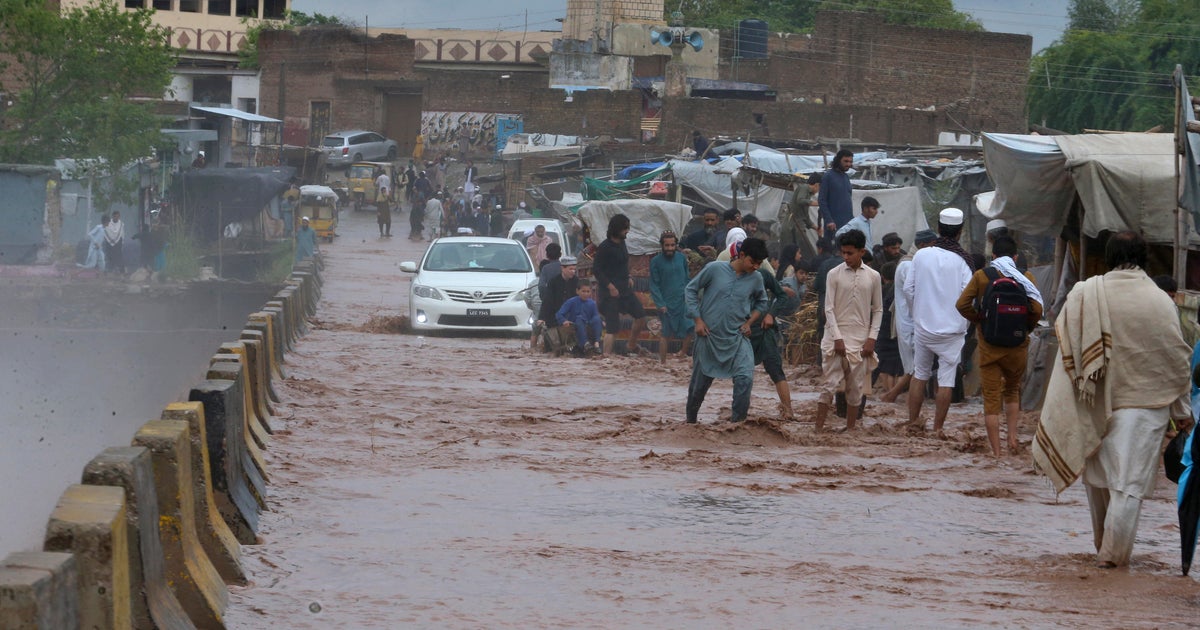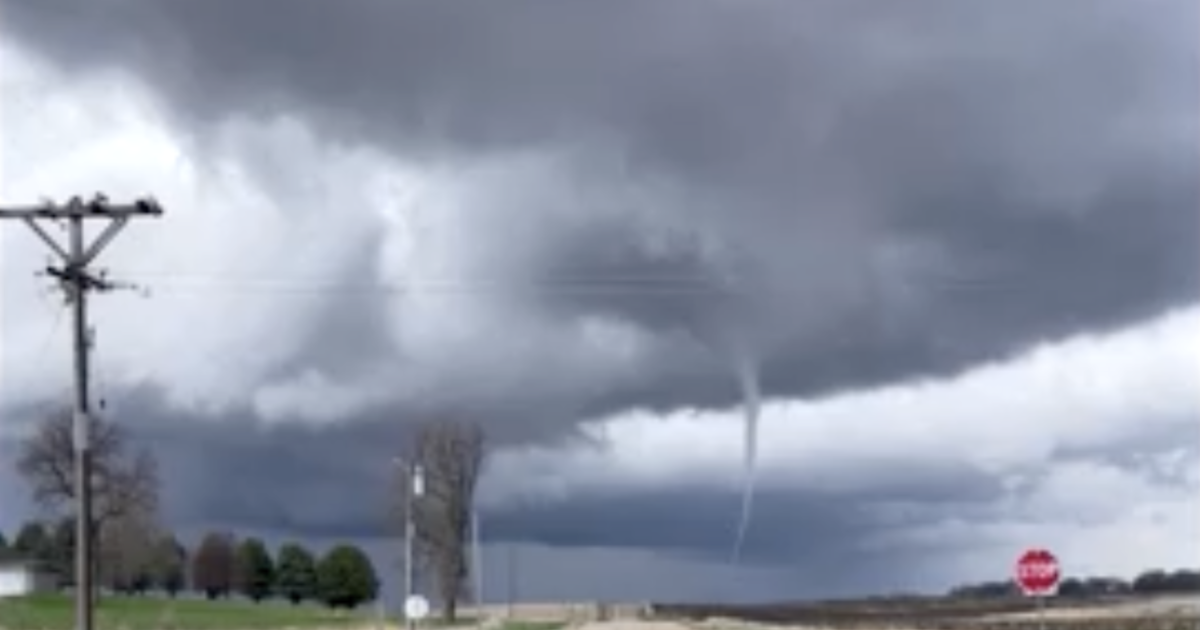"Dangerous" heat wave breaks at least a dozen records in California as state prepares for hottest day yet
Brutal temperatures continue to bear down on the West Coast on Tuesday as forecasters warn that excessive heat will continue through the coming days. The heat wave, which started just before Labor Day weekend, has already broken at least a dozen temperature records in California as the state battles drought, fire and water shortages.
"Extreme, dangerous heat gripped much of the region on Monday and numerous official maximum record temperature records were tied or broken," the National Weather Service said of the San Francisco Bay area, including a preliminary 11 daily records and two monthly records.
In Livermore, temperatures on Monday hit 116 degrees Fahrenheit – the hottest day of all time, the service said. The previous record for Livermore was 108 degrees Fahrenheit in 1950. Kentfield also hit its highest temperature since 1950 at 107 degrees Fahrenheit. The San Francisco airport, Oakland Museum, Salinas, San Jose airport, King City, Redwood City, Napa, Gilroy and Santa Rosa, also hit daily records in the Bay Area.
The Weather Channel's on-air hurricane expert and tropical program manager Rick Knabb said that Sacramento reached 113 degrees on Labor Day – 21 degrees above the average temperature for the date – breaking its 1988 daily record of 108 degrees.
The service also noted that "countless" sites hit temperatures above 110 degrees Fahrenheit, with several approaching 120. The afternoon temperatures in the Bay area were about 10 to 15 degrees above normal along the coast, and roughly 20 to 35 degrees above normal elsewhere.
Monday night brought little relief to the area with "oppressive overnight heat" staying in the upper 80s to around 100 degrees Fahrenheit, the National Weather Service said. Tuesday is expected to be even hotter as NOAA's Weather Prediction Center warns of the potential for "dozens of new daily high temperature records" across the U.S. West.
Central California also saw some record highs in several spots in the San Joaquin Valley as many other areas peaked at just under 110 degrees Fahrenheit. Fresno has a 50-50 chance of hitting 112 or more on Tuesday, which would be a monthly high for the city since records began in 1887, the National Weather Service said. Hanford, Madera, Bakersfield and Merced could also set monthly highs.
"Several September monthly high temperature records will also be within reach once again as the late-summer heat wave rages on," the agency predicted.
In a short-range forecast, the Weather Prediction Center also said that a majority of the Intermountain West could also see "highs soar to around the century mark" and that the northern and central Plains will see above-normal temperatures.
And records are not just being broken in California.
"Dozens of daily temperature records in several states have been or could be broken by the end of this week," Knabb said. " ... On Wednesday, Las Vegas is forecast to be near its daily record high of 108, set just last year."
The extreme heat is expected to last through at least Thursday – and has already taken a toll on the state's infrastructure.
Livermore's record-breaking heat Monday knocked out electricity to 3,500 customers by early Tuesday morning, according to CBS San Francisco. Many are still without power, as temperatures were already in the mid-70s by 8 a.m. PG&E expects that power will be restored by 3 p.m., but company officials told CBS San Francisco that rolling blackouts are still possible through the Bay Area amid a surge in electricity demand throughout the extreme heat.
"This is about to get significantly more intense," Elliot Mainzer, president and chief executive officer of the California Independent System Operator, told CBS MoneyWatch of the power usage expectations.
Knabb said that these conditions could be particularly dangerous in the northwest, where far fewer people have air conditioning compared with the East Coast.
"It is vital that we look in on our more vulnerable and especially elderly friends and family and help them get to cooling centers if at all possible," Knabb said, adding that the situation comes as California is already battling other environmental crises.
"These conditions are certainly not helping the long term and severe drought out West and our vulnerability to more wildfires this fall."
The National Weather Service expects that the extremely dry conditions will increase fire risk.
One fast-moving wildfire in Northern California destroyed more than 100 homes and killed at least two people. Fire conditions have only been amplified by the state's ongoing extreme drought, which is now in its third consecutive year. With hot and dry conditions expected to continue through November, fire season will be even longer this year.
The state's latest drought update, released Aug. 29, says that all of California's 58 counties are under a drought emergency and that residents have been asked to reduce water use by 15% – even while water is vital during the ongoing heat wave.
And as brutal as this heat wave is, it's not going to be the last, and will likely not be the worst. Global warming is only expected to make heat waves, droughts, wildfires and other weather events more frequent and intense.
"Some of the daily temperature records broken or nearly broken this week were just set last year or in 2020," said Knabb. "This is just one indication of how persistent high-pressure ridging and heat waves are becoming more common and more extreme as part of our changing climate."




